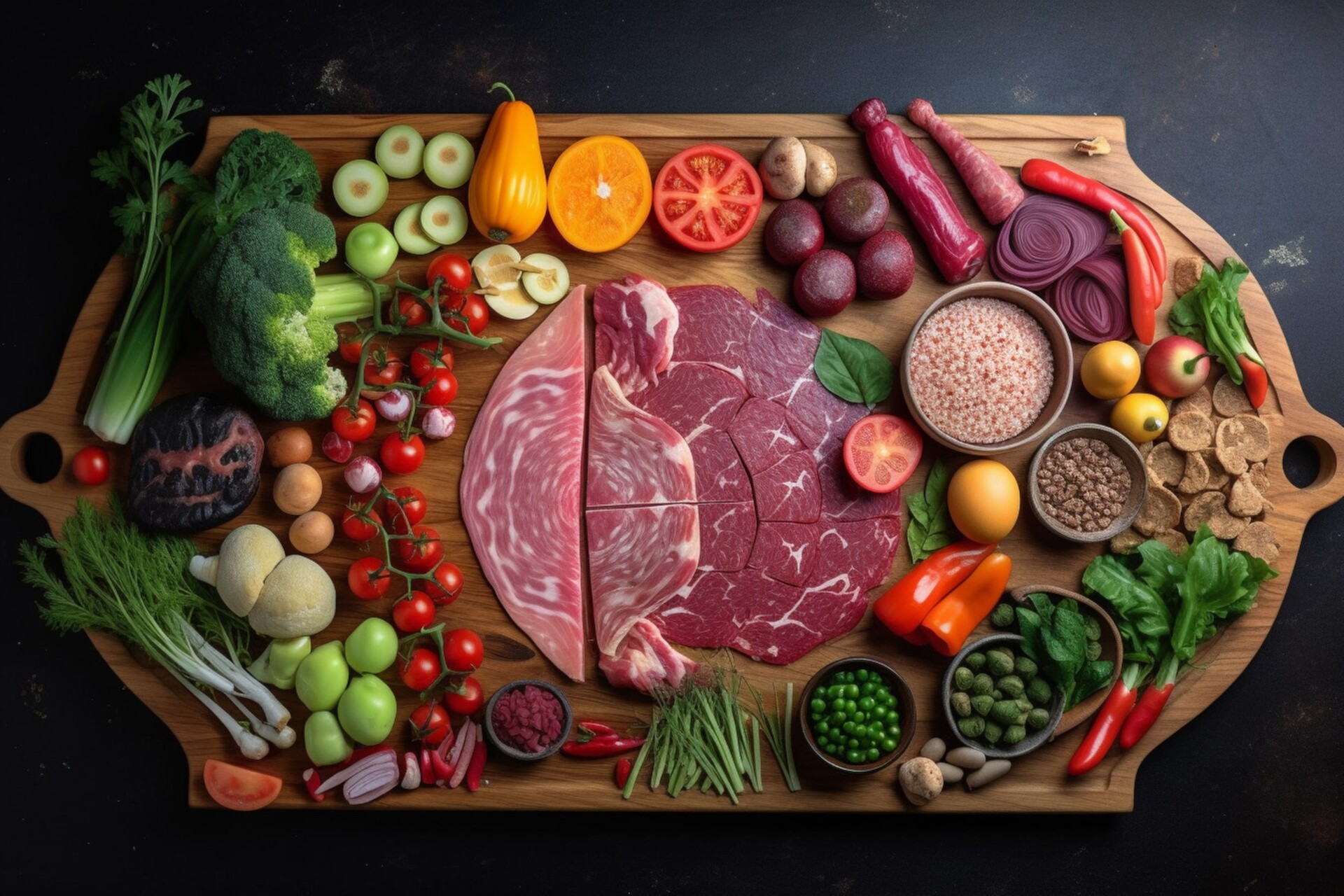
Whether you’re team Keto, riding the Paleo wave, or committed to a Plant-Based lifestyle, one thing is clear: people are searching for structure, control, and better health through what they eat. These popular diets have helped many achieve weight loss and improved energy—but they’re not without challenges. The real key? Making sure you meet your nutritional needs while sticking to the style that fits your body and your life.
Let’s break down the success, sustainability, and nutritional pitfalls of each diet—and how to balance them in a way that supports your long-term health and weight management goals.
Each of these diets can help you lose weight—but only if you can stick with it. That’s where sustainability matters more than speed.
Initial success: Rapid weight loss, especially in the first few weeks, due to water loss and appetite suppression.
Long-term sustainability: Many people regain weight within a year due to difficulty maintaining low-carb limits and missing carb-rich comfort foods.
Adherence rate: Highly variable; up to 84% drop off within a year.
Initial success: Moderate weight loss due to increased protein, reduced processed food, and blood sugar control.
Long-term sustainability: Moderate—easier than Keto for some, but still restrictive due to grain and legume elimination.
Adherence rate: Drops after 6–12 months, often due to cost, convenience, or social limitations.
Initial success: Steady weight loss, especially when diets are high in fiber and low in processed plant-based junk foods.
Long-term sustainability: Generally higher due to the abundance of food choices and health benefits beyond weight loss (like improved heart health and cholesterol).
Adherence rate: Higher than Keto or Paleo, especially when taste, cultural foods, and variety are prioritized.
When certain food groups are eliminated, it increases the risk of nutrient gaps. Here’s what to watch for:
Fiber: Low veggie and whole grain intake can lead to constipation and gut imbalance.
Magnesium, Potassium, Calcium: Electrolytes are easily depleted, especially early on.
B Vitamins & Vitamin C: Lower fruit and whole grain intake reduces these essential nutrients.
Calcium & Vitamin D: No dairy = lower intake, which impacts bone health.
Iodine: Cutting out iodized salt and dairy can reduce thyroid support.
Carbohydrates (for athletes): Can impact energy and recovery.
Vitamin B12: Only found naturally in animal products.
Iron: Plant-based (non-heme) iron isn’t absorbed as well.
Omega-3s (DHA & EPA): Lack of fatty fish can lead to inflammation and cognitive fatigue.
Calcium, Zinc, Iodine: Can run low without mindful planning.
No matter which plan you follow, focus on nutrient density, whole foods, and variety.
Diversify your plate. Mix different colors, textures, and sources of nutrients to cover all bases.
Don’t fear supplements. They’re not a crutch—they’re insurance.
Track and test. Work with a nutrition coach or healthcare provider to monitor labs like B12, vitamin D, iron, and thyroid function.
Be flexible. There’s no shame in adjusting your plan to make it work better for your lifestyle, goals, and body.
You don’t need a trendy diet to succeed—you need a sustainable strategy. At Thrive Intensity, I help clients understand what their body needs beyond the fads. Whether you’re low-carb, plant-powered, or somewhere in between, I’ll create a personalized roadmap that nourishes you fully—physically and emotionally.
Remember: The best diet is one that makes you feel strong, satisfied, and supported—not stressed and starved.
Book your consultation today at www.thriveintensity.com and take the first step toward balanced nutrition that lasts.
